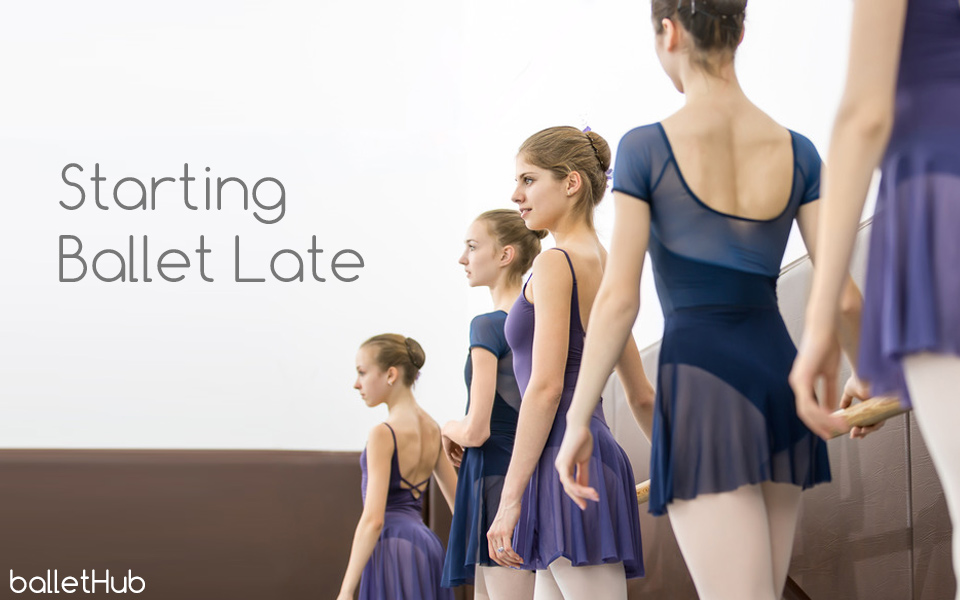Many ballet students begin to study dance when they are very young. In fact, dance studios usually offer some form of pre-ballet or creative movement class starting at the age of 3. More formal ballet training begins at 7 years of age. So what happens when you decide you want to begin ballet as a 12 year old? Many older children and teenagers who wish to take ballet become too nervous or have misconceived notions of what a ballet class might entail and never take that first step into the studio. Beginning ballet or starting at a new studio may seem intimidating, but there is nothing to be afraid of and much to gain!
Recently I asked several people with no dance training what would cause them anxiety if they signed up for their first ballet class. Their answers ranged from looking foolish and clumsy to wearing a leotard, and even “not understanding what is going on at all.” While these concerns are understandable, students usually feel much better after they take their first class! The first class is typically the biggest hurdle in the first months of ballet training. Because ballet class uses lots of repetition, once you get into the swing of things you will lose your nerves and begin to make improvement.
Here are a few tips to help you feel informed and calm when signing up for your first ballet class:
Uniform
Many schools have some form of dress code for their students (this typically does not apply for adult class). If you are doing a trial class or audition you will not be expected to be in school dress code for your first class. You can check the school’s website or call to get information about school uniforms. Most schools ask girls to wear pink tights with a solid colored leotard and pink ballet slippers, while boys wear black tights or shorts with a white t-shirt and white or black ballet slippers. Hair should be secured out of the dancer’s face (girls typically are required to put their hair in a bun).
Knowledge
You may be concerned you will not understand ballet terminology or understand class exercises, particularly if you are joining a class partway through the year. This should not hold you back or factor into your decision to study ballet! A good teacher will be able to communicate clearly, catch you up and help you feel comfortable in class. If you do not feel good about your experience, you should try another school.
Level Placement
When you start classes at a new studio you will be assigned to a particular class/level. If you have not studied ballet before you will most likely be placed in a class with students who are younger than you. Do not let this hold you back. It is crucial that you understand basic concepts and fundamentals of ballet before you join an intermediate class. Once you have learned these essentials you will likely advance quickly and join a group of similarly aged students. Starting in a class of students younger than you does not mean you will stay in that class; older students frequently progress more quickly than younger ones.
More experienced classmates
When starting ballet, many first-timers are intimidated by the other dancers in the room. Just remember that everyone started at square one in the dance studio. Try to observe dancers you admire and see if you can learn from them! You can always look to a more experienced dancer to demonstrate how exercises should be performed.
Be Patient, Ballet Takes Time
It is important to remember that dancing is an acquired skill and takes time to master, even for the student who is blessed with natural grace. Everyone is awkward at the beginning – you should consider it to be a stage of your training. Remember that you will progress and this phase will pass.
Almost all students have a fear of embarrassing themselves or looking terrible in class. No one wants to be the awkward or clumsy one in a room of graceful swans, but if you never go through the awkward “ugly duckling” phase you will never join the cast of dancing swans! Misty Copeland, a celebrated leading dancer of this generation, did not begin ballet training until the age of 13; despite this she has become a soloist with American Ballet Theatre and dances on stages around the world. The only way to become a ballet dancer is to take those first steps through the studio door.

